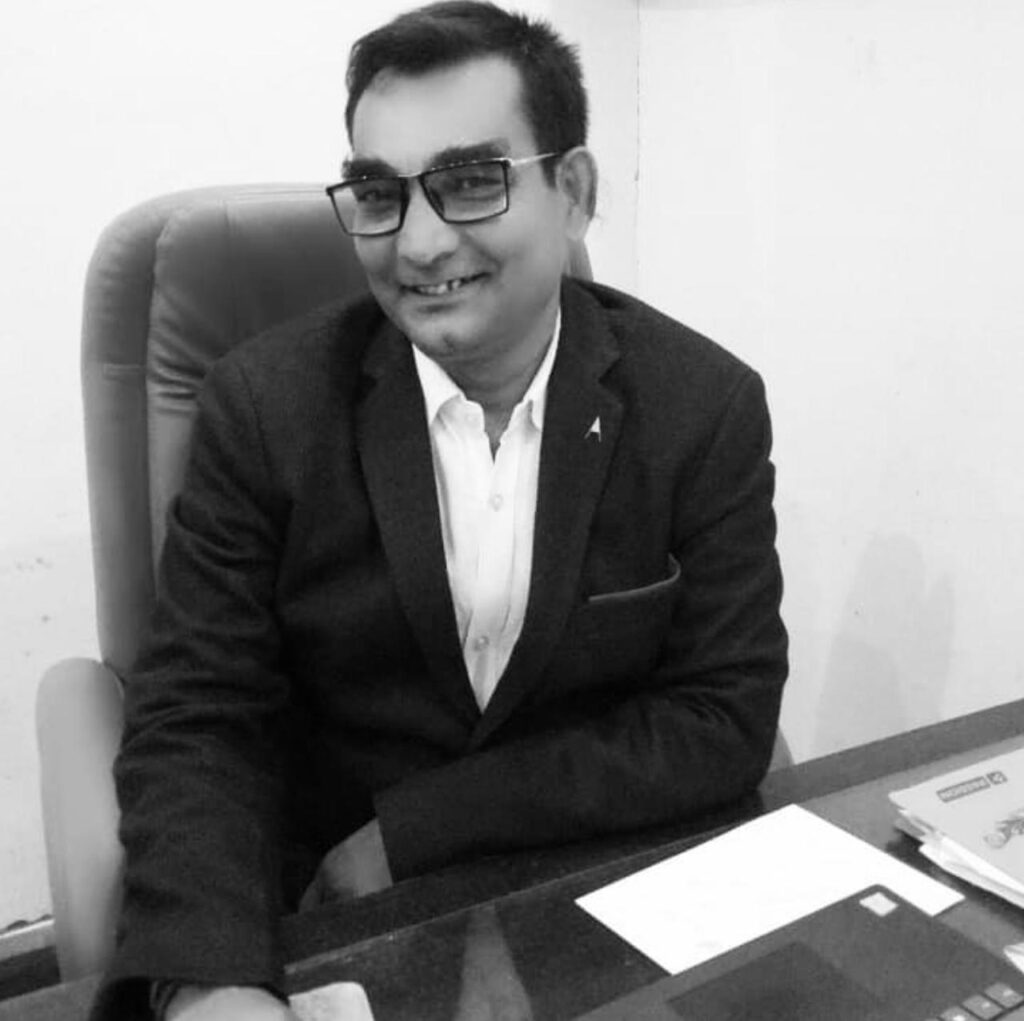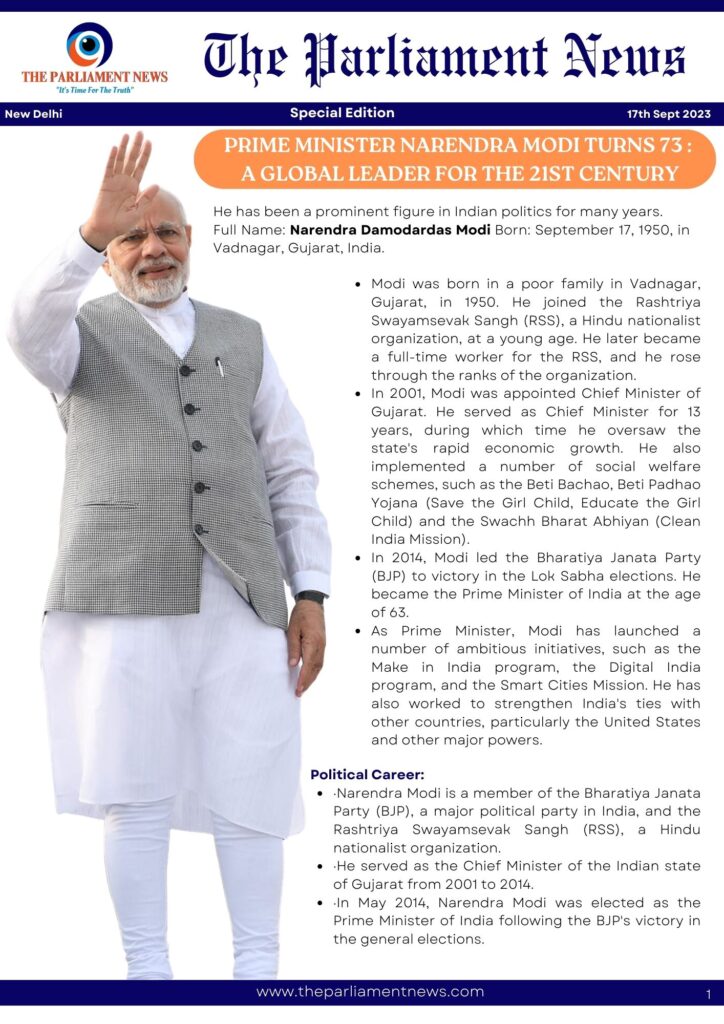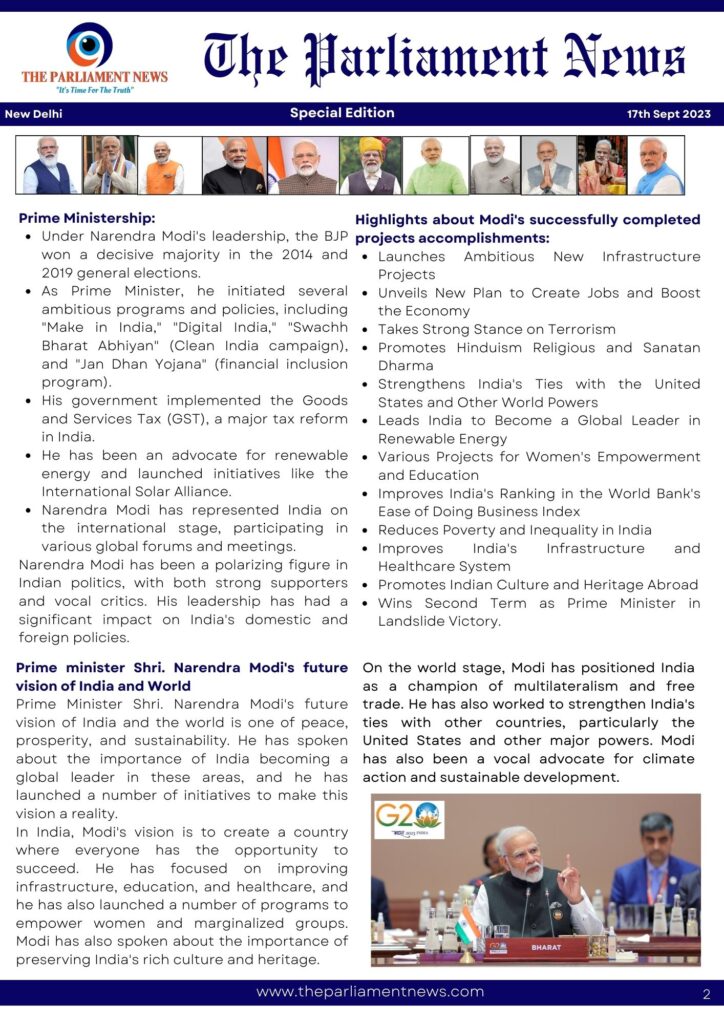New Delhi : In the realm of medical and paramedical sciences, Dr. Dinesh Kumar Shukla stands as a notable figure. He possesses the foresight that discerned the untapped potential within the field of paramedical sciences, and he embarked on an entrepreneurial journey to provide education and training in this domain.
At the time of his endeavor’s inception, the government of India lacked the infrastructure to support paramedical education and training. Despite the aspirations of numerous students eager to gain knowledge in this field, they encountered insurmountable obstacles due to the absence of adequate groundwork.
In response to these formidable challenges faced by aspiring students, Dr. Dinesh Kumar Shukla took the visionary step of establishing the Paramedical Council Of India (PMCI). Located in the heart of New Delhi on Vikas Marg, PMCI began its mission in June 2014, and over the past five years, it has diligently provided comprehensive paramedical education and training to more than 2000 students across the nation. This initiative seeks to cultivate a cadre of highly skilled and well-trained paramedical professionals poised to serve India and contribute to its overall healthcare improvement. The recognition that inadequately trained professionals could jeopardize the well-being of the entire nation underscores the urgency of PMCI’s mission.

Remarkably, the field of paramedical education currently enjoys a unique status in India – one of unrivaled prominence. Dr. Dinesh Kumar Shukla astutely perceives immense potential in this sector, driven by the nation’s dire need for proficient paramedical professionals. The significance of skilled practitioners cannot be overstated, as subpar paramedical services can have dire consequences for patients’ lives.
Dr. Shukla’s foray into entrepreneurship in the realm of paramedical education was inspired by observing the growth and development of this field in foreign countries. However, pioneering this concept in the Indian medical landscape was not without its trials and tribulations. Overcoming adversity became a hallmark of Dr. Shukla’s journey, as he and his team encountered formidable challenges when seeking certification from the Government of India and faced societal criticism. These hurdles, though daunting, only fortified their resolve to achieve their noble objectives.
Drawing from his background as a dedicated medical professional, Dr. Shukla recognized the undeniable necessity for skilled paramedical experts in India. His unwavering commitment led to the delivery of top-tier education to all students, offering them an environment conducive to honing their practical skills.
Dr. Shukla’s resounding success in this endeavor culminated in numerous accolades and letters of appreciation from esteemed organizations. His transformation from a criticized pioneer to a celebrated visionary stands as a testament to his unwavering dedication and tenacity.
To aspiring entrepreneurs eyeing the paramedical field, Dr. Shukla imparts invaluable advice: prioritize the provision of exceptional education, delivered by qualified professionals, in well-equipped labs and hospitals. Undoubtedly, the path may be fraught with obstacles, but with determination, they can be surmounted, leading to the realization of one’s goals. The journey of Dr. Dinesh Kumar Shukla is living proof of this principle.

















